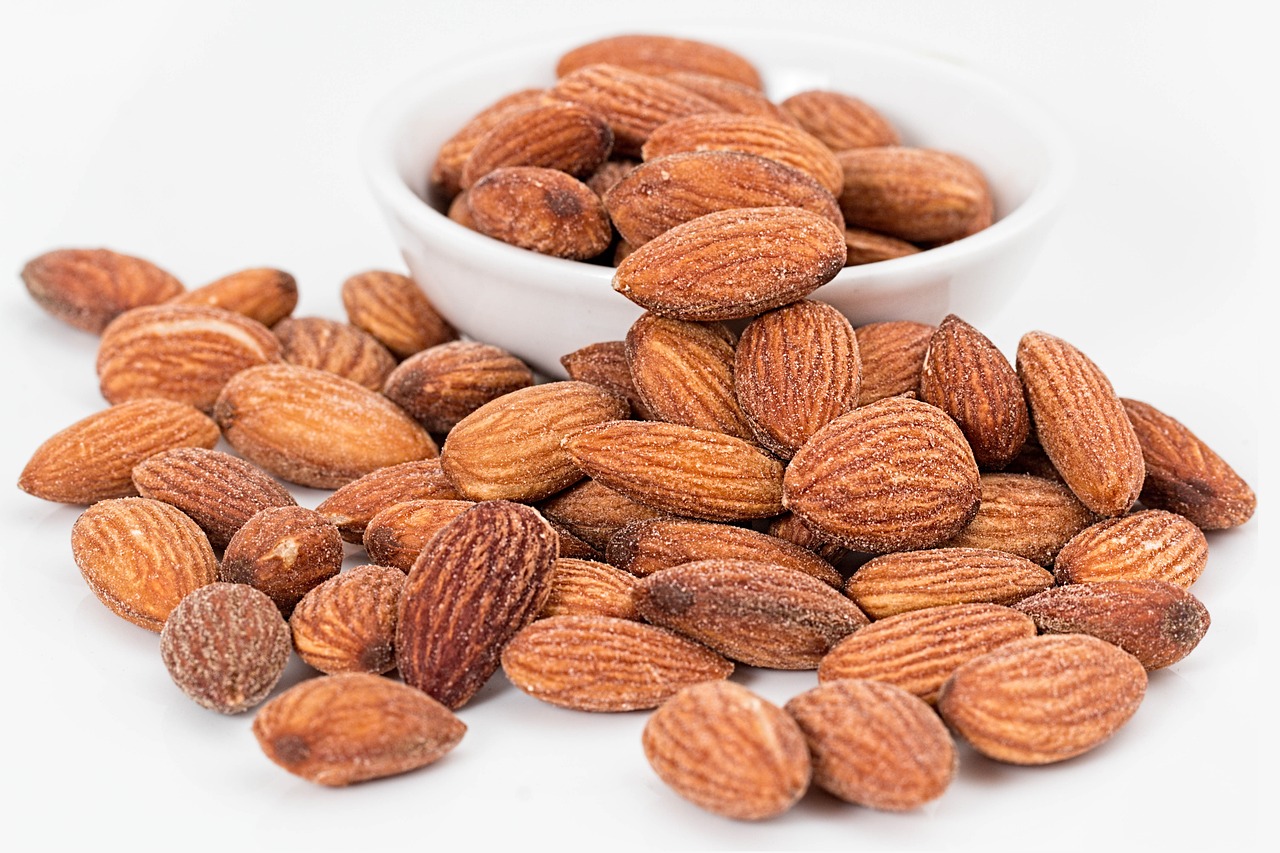“`html
In recent years, the term “whole foods” has transformed from a simple dietary choice to a complete lifestyle movement. As consumers become more health-conscious and environment-aware, many are turning to whole foods for their nutritional benefits and sustainability. Understanding what whole foods are, their benefits, and how to incorporate them into your diet is not only beneficial for individual health but also for the planet. In this post, we’ll delve deep into the world of whole foods, illuminating their value and practical applications in everyday life.
What Are Whole Foods?
Whole foods are foods that are minimally processed and refined. They are often in their natural state or made from ingredients that are as close to their original form as possible. Unlike processed foods, which can contain additives, preservatives, and artificial ingredients, whole foods focus on purity and simplicity.
The Characteristics of Whole Foods
- Minimal processing: Whole foods retain their natural nutrients and flavors.
- No artificial ingredients: They do not contain additives or preservatives.
- High nutritional value: Whole foods are packed with vitamins, minerals, and antioxidants.
- Variety of forms: Whole foods can be fruits, vegetables, grains, nuts, seeds, and even animal products like eggs or meat from grass-fed sources.
The Benefits of Whole Foods
Incorporating whole foods into your diet provides numerous health benefits that can contribute to overall well-being. Here are some of the key advantages:
Improved Nutritional Intake
- Rich in nutrients: Whole foods offer a multitude of vitamins, minerals, and fiber that are often stripped from processed foods.
- Better absorption: The bioavailability of nutrients from whole foods is generally higher than that of processed variants.
Weight Management
Whole foods can aid in weight management due to their high fiber content, which promotes satiety. Here’s how:
- Fiber slows down the digestion process, keeping you full for longer.
- Whole foods are typically lower in calories compared to processed options.
- A focus on whole foods encourages mindful eating practices.
Reduced Risk of Chronic Diseases
Research has shown that diets rich in whole foods can lower the risk of chronic diseases such as:
- Type 2 diabetes
- Cardiovascular diseases
- Obesity
- Certain types of cancer
Environmental Impact
Choosing whole foods can lead to a more sustainable lifestyle. Here’s why:
- Reduced processing leads to lower carbon footprints.
- Support for local farmers and economies by purchasing organic or farm-fresh produce.
- Less packaging waste compared to processed foods.
How to Incorporate Whole Foods Into Your Diet
Making the switch to whole foods doesn’t have to be overwhelming. Here are some practical tips to get started:
Create a Whole Foods Grocery List
- Fruits and Vegetables: Berries, leafy greens, avocados
- Whole Grains: Quinoa, brown rice, oats
- Nuts and Seeds: Almonds, chia seeds, walnuts
- Lean Proteins: Chickpeas, eggs, organic chicken
Plan Your Meals
Meal planning can make it easier to incorporate whole foods. Consider these steps:
- Set aside a day to plan meals for the week.
- Incorporate a variety of whole food options each day.
- Batch cook or prep snacks using whole food ingredients.
Try New Recipes
Experimenting in the kitchen can make whole food preparation exciting. Here are some ideas:
- Whole grain salads: Combine quinoa with chickpeas, diced vegetables, and a lemon dressing.
- Breakfast bowls: Use oats topped with fresh fruit and seeds.
- Smoothies: Blend leafy greens with fruits and nut butter for nutrient-packed beverages.
Understanding the Whole Foods Labels
When shopping for whole foods, understanding labels can help you make informed choices. Here’s what to look for:
Common Labels to Consider
- Organic: Foods grown without synthetic fertilizers or pesticides.
- Non-GMO: Foods made without genetically modified organisms.
- Whole Grain: Products containing entire grains, not just refined flour.
Deciphering Claims
Be wary of misleading labels. Always read the ingredients list to check for:
- Added sugars: Choose options with minimal or no added sweeteners.
- Preservatives: Avoid products that list many preservatives.
- Artificial flavors or colors.
Conclusion
Whole foods offer a gateway to improved health, environmental sustainability, and mindful eating practices. By understanding what whole foods are, their benefits, and how to incorporate them into your diet, you can make deliberate choices that nourish both your body and the planet. Start with simple changes, such as creating a grocery list focused on whole foods, planning your meals, and being mindful of labels. Your health journey toward a more whole food-oriented lifestyle can significantly improve your quality of life while contributing positively to the planet.
“`






